WEED MANAGEMENT GOES HOLISTIC
Farmers are being backed into a corner, said Breanne Tidemann. “They are losing the go-to weed management solutions they’ve relied on for years—herbicides—and need to consider new tools to keep their fields clean.”
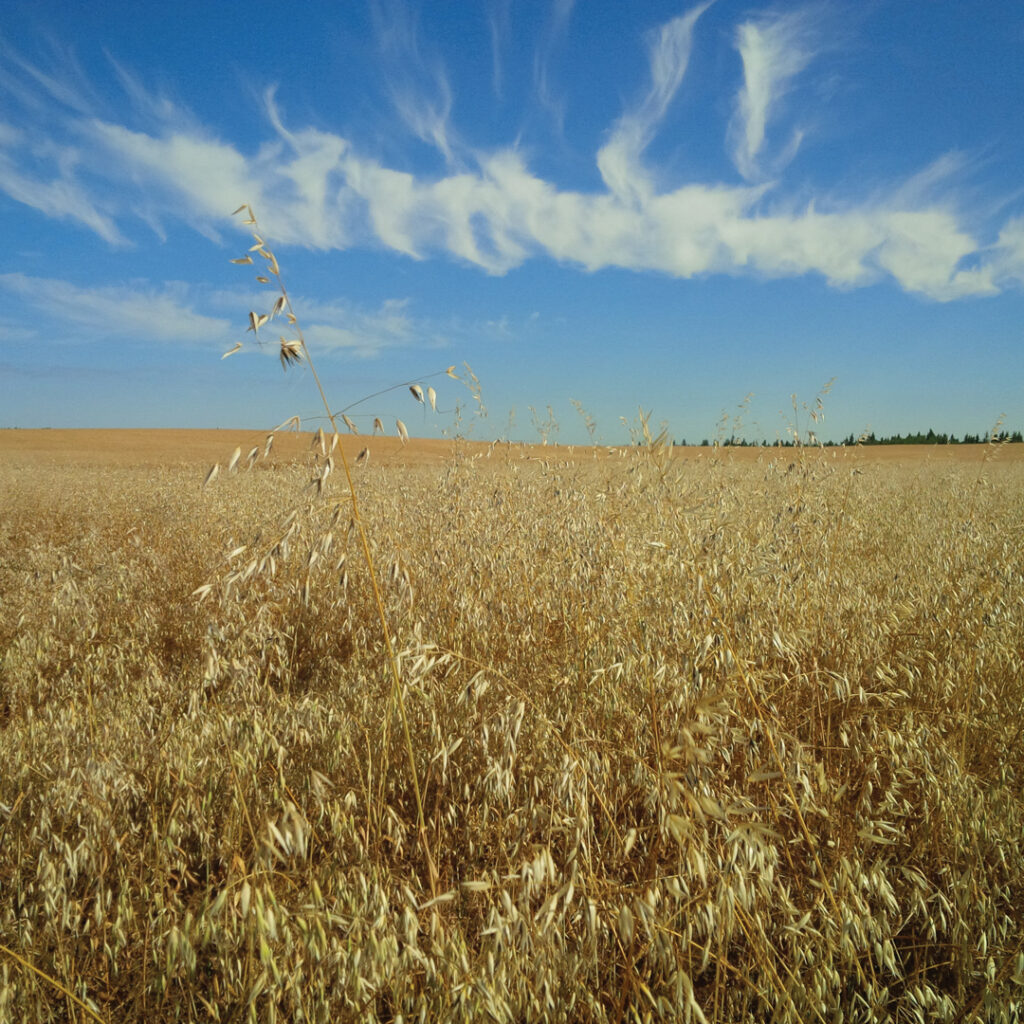
Farmers are being backed into a corner, said Breanne Tidemann. “They are losing the go-to weed management solutions they’ve relied on for years—herbicides—and need to consider new tools to keep their fields clean.”

Farming has never been easy, but for those now launching careers in agriculture, the hurdles are higher than ever. “There’s a massive barrier to entry that’s never been there before,” said Evan Shout, co-founder and CFO of Maverick Ag, an agricultural consulting and risk management firm. He believes the higher-than-ever cost to take up farming is the greatest challenge and restriction facing today’s new and young farmers. “These days, it’s hard to start from scratch, you almost need to have a family farm to play in the game.”
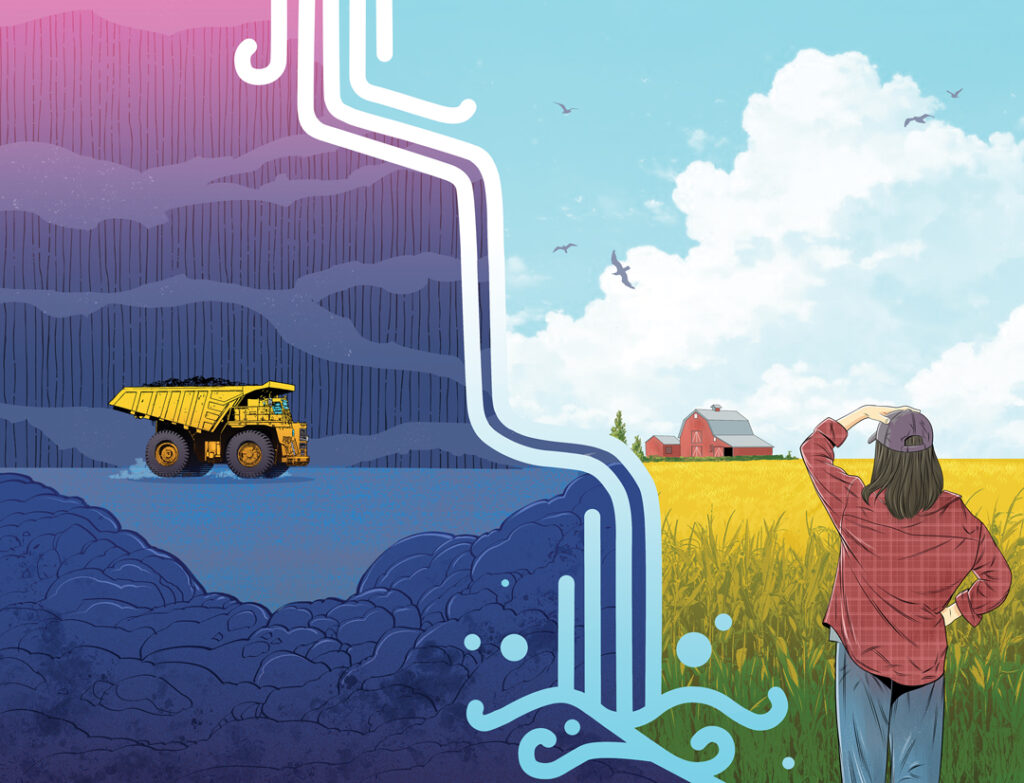
The proposed reopening of the Grassy Mountain coal project on Alberta’s Eastern Slopes has prompted questions about selenium and downstream water quality among scientists, citizens and farmers. In a January Grainews column, retired agronomy research scientist Ross McKenzie raised concerns about selenium mobilization and its persistence in watersheds downstream from the Eastern Slopes. In July, ecotoxicologist Guy Gilron responded in a letter to the editor, arguing that guideline exceedances do not necessarily translate into risk and that regulatory controls exist, characterizing McKenzie’s warning as alarmist.
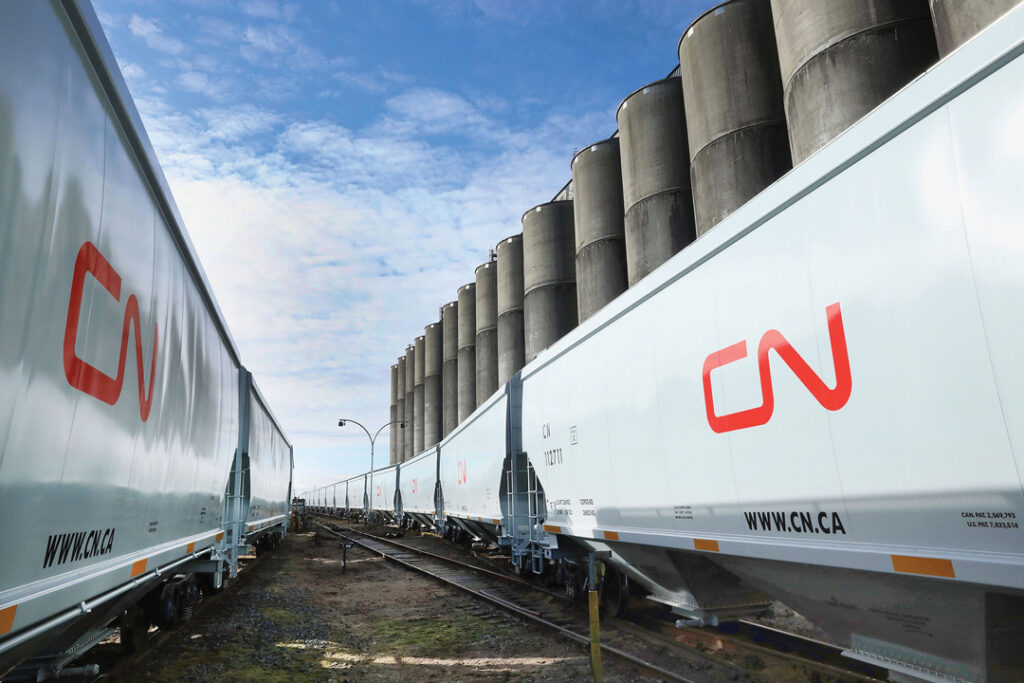
Canadian cereals are a hot commodity south of the border, where the $3 billion U.S. market for this country’s cereals-based products is highly integrated. Despite the current trade climate in which tariff uncertainty has become the norm, this demand remains strong for a range of reasons.

The non-stop tariff talk has been dizzying to say the least. For those keeping score at home, U.S. President Donald Trump has publicly announced levies on Canada, but also on practically every major economy on earth.
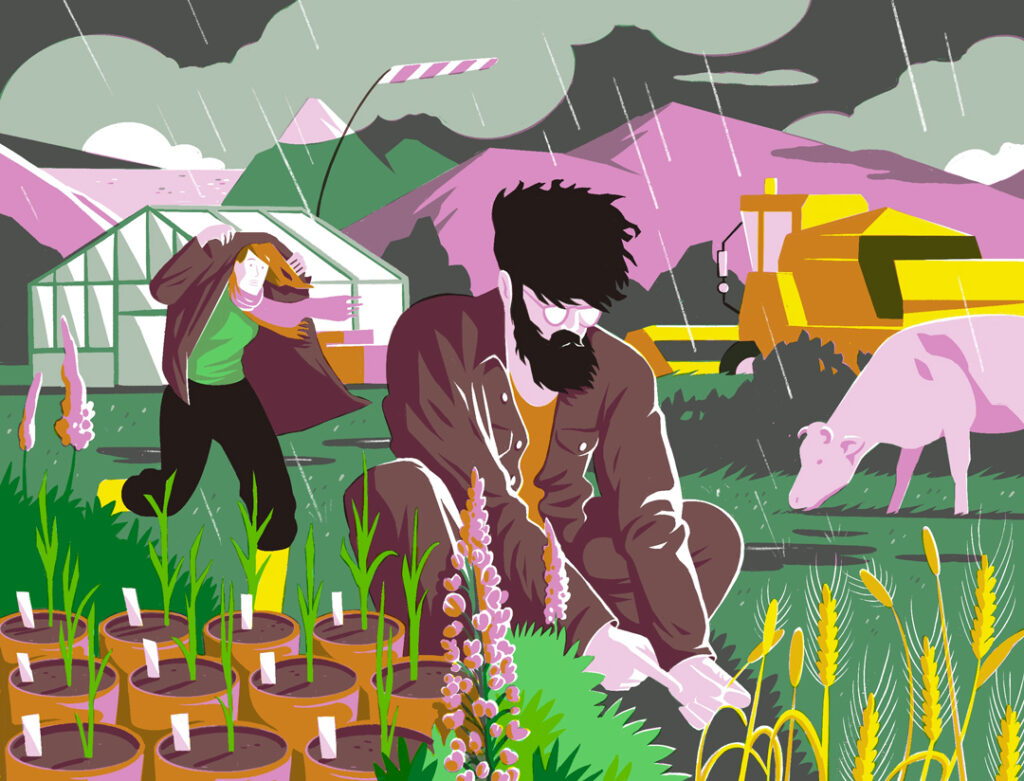
Each spring, Hrannar Smári Hilmarsson travels 10,000 kilometres across Iceland to seed barley research plots. As he works against unforgiving elements and sluggish soil temperatures, his quest is to deliver self-sufficiency in grain production for the island nation.
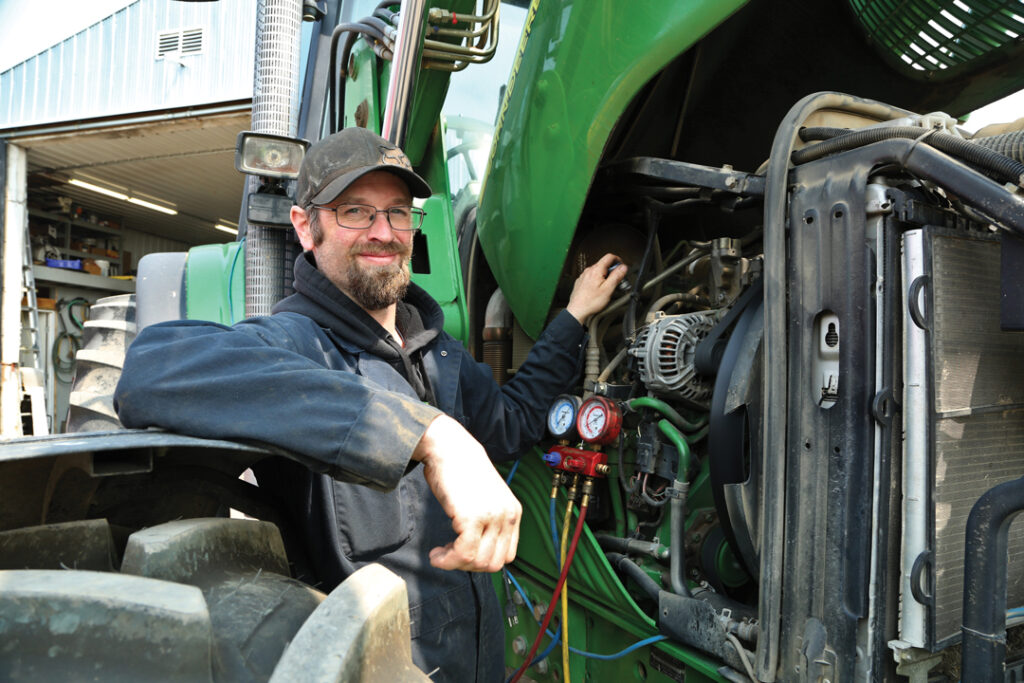
A few kilometres from the family farm where he grew up, Brad McGhee sits on an old office chair. It is next to a work bench in a shop he slowly modified to support his business as an independent mechanic. Once a cold storage shed with a dirt floor, the metal-clad building is now heated and boasts a cement floor and insulated walls. He also installed roof trusses and carried out additional engineering to qualify for commercial insurance.
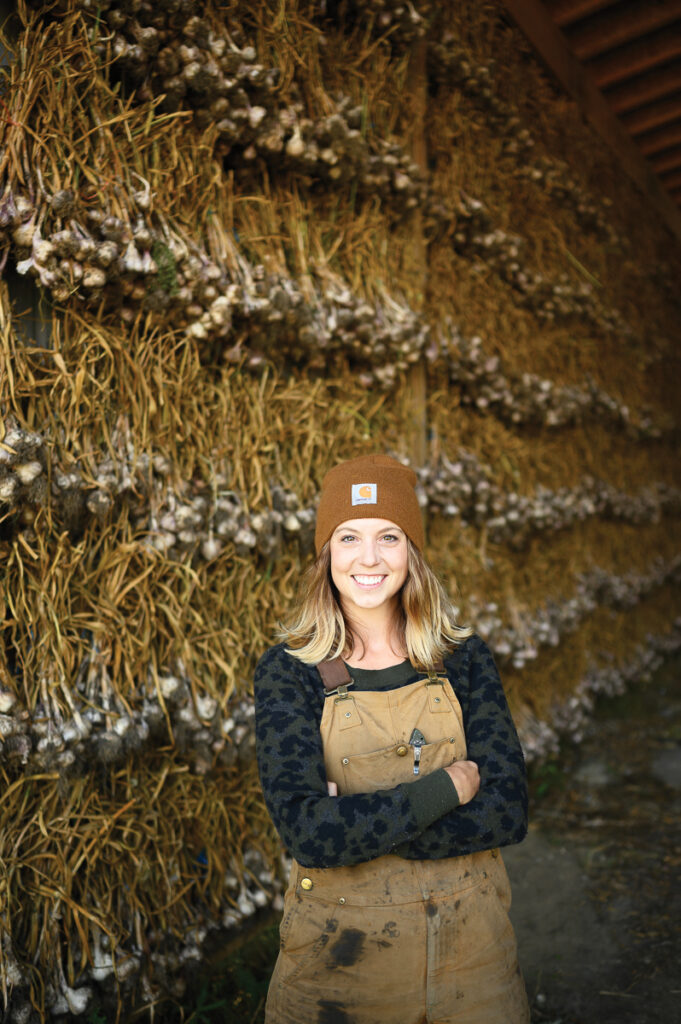
I am the fifth generation of my family to operate our Wetaskiwin area farm. In keeping with tradition, I have given it my own unique spin in the form of a garlic products business.
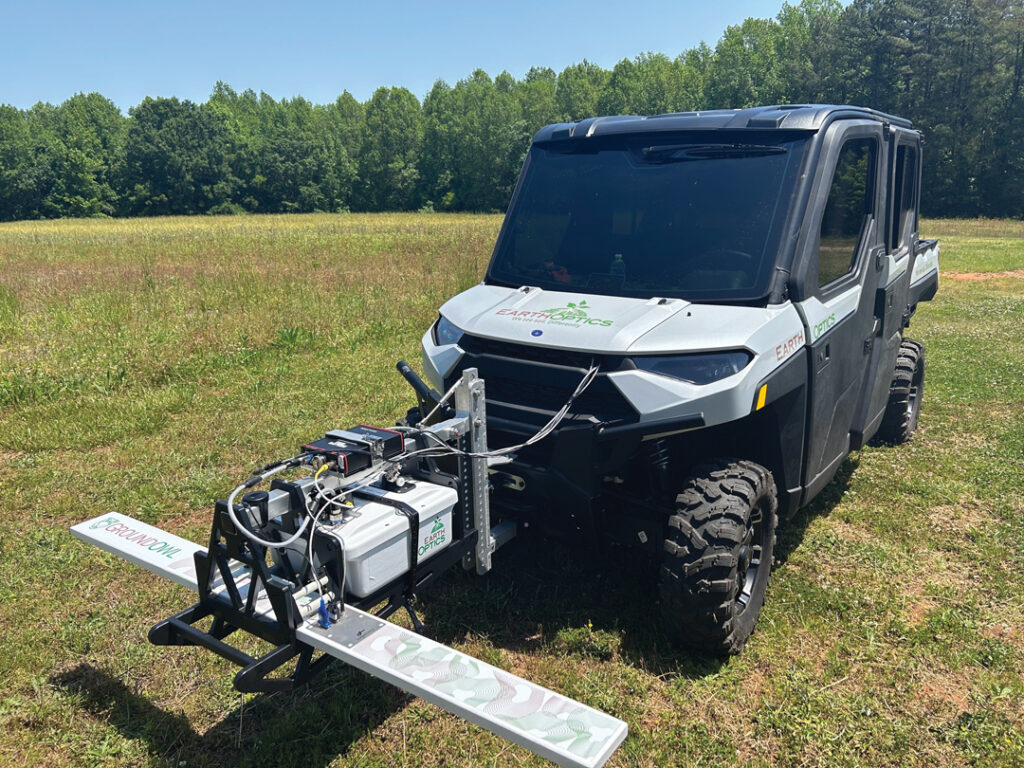
Ag continues to digitize at a rapid pace. The ag sector is increasingly more about automation and AI and less about buttons and belts. Throughout the industry, bright minds and innovative companies take risks and push toward data-driven solutions. GrainsWest sat down with five organizations that aim to make life easier and more profitable for farmers while attempting to derisk and demystify emerging tech.

When it comes to hot Canadian commodities, flour takes the cake. Over the last several years, domestic demand for flour and baked goods has steadily grown. As factors such as immigration, higher personal incomes and the evolution of consumer tastes drive this trend, the industry hopes a healthy appetite for flour will be baked into our economy for years to come.